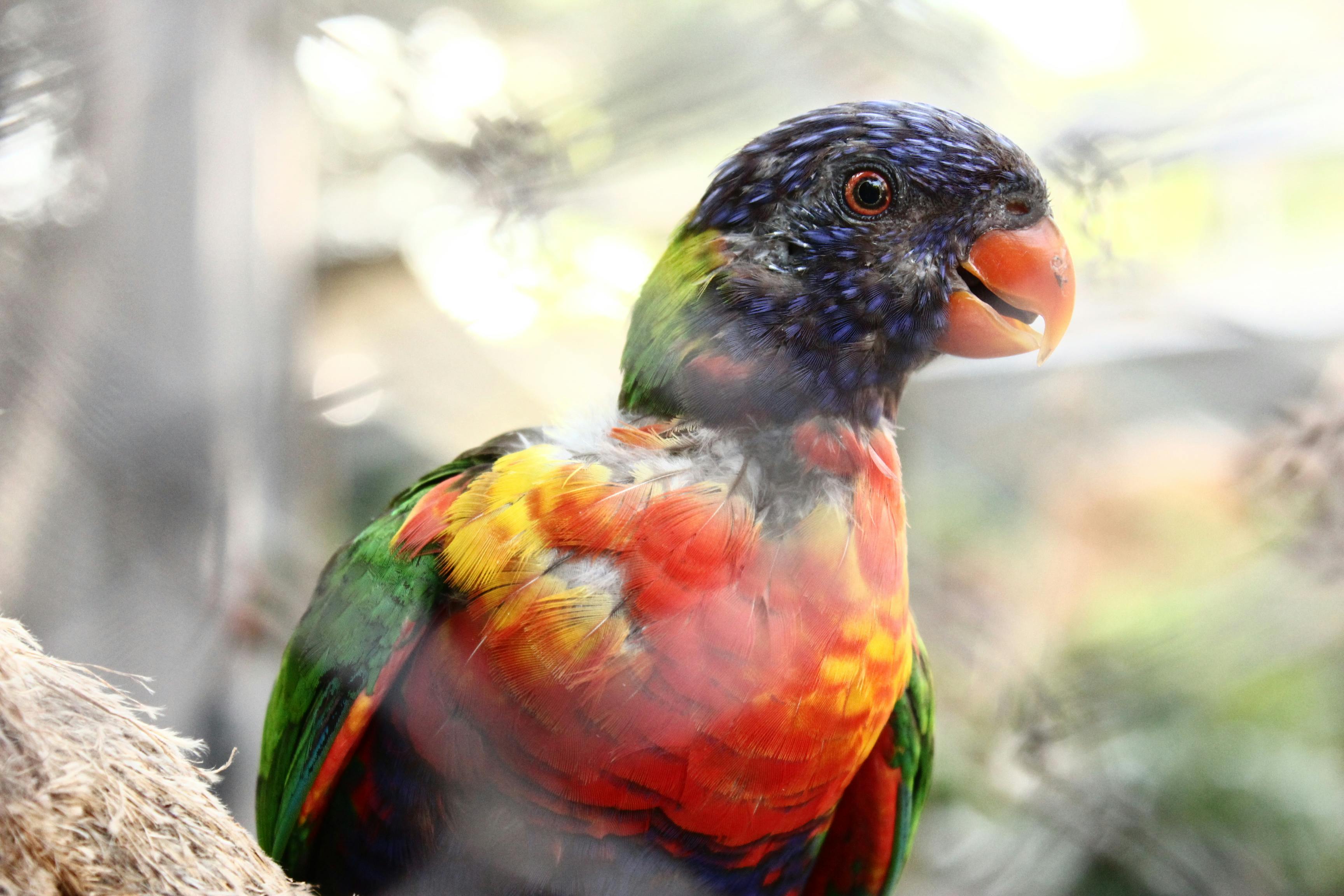
How to Effectively Feed Shrimp: Discover the Best Food Options for Healthy Growth in 2025
Feeding shrimp properly is crucial for their growth, health, and overall well-being. Whether you're a novice aquarist or a seasoned shrimp farmer, understanding the dietary needs of these fascinating crustaceans is essential for a thriving aquarium or aquaculture system. The right shrimp diet not only supports healthy shrimp growth but also enhances their reproductive capabilities and immune systems.
In this comprehensive guide, we will delve into various shrimp food sources, covering both natural and commercial options, as well as discuss the nutritional components vital for shrimp health. You'll learn about the ideal shrimp feeding habits, practical tips on feeding techniques, and the relationship between water quality and shrimp health. This article will also explore the best practices in feeding different freshwater shrimp species and marine shrimp species to ensure they thrive in their aquatic environment.
Key takeaways include understanding the nutrient needs of shrimp, recognizing the types of shrimp food, and implementing effective feeding schedules. Moreover, we'll provide insights into incorporating organic shrimp food and homemade options into their diet.
Understanding Shrimp Dietary Needs
Building on the crucial starting point of shrimp care, it's essential to understand the dietary needs specific to each shrimp species. Shrimp, as crustaceans, are not just spectators in their ecosystem; they play an important role in maintaining balance. Hence, knowing what they eat can help shape their environment and contribute to their well-being.
Key Nutritional Elements for Shrimp
The nutritional balance for shrimp primarily includes proteins, carbohydrates, and fats. Protein is vital for growth and reproduction, while carbohydrates provide energy. Healthy fat content ensures proper cell function and overall vitality. Common protein sources in shrimp diets include:
- Live food such as brine shrimp and daphnia
- Commercial shrimp pellets and flakes
- High-quality shrimp algae and shrimp plankton
To maximize health, supplementing with natural food sources and high-quality feed can tremendously enhance shrimp vitality. It's advisable to choose products that include essential vitamins and minerals, which strengthen their immune systems and promote efficient growth.
Types of Shrimp Food Sources
There are several common types of feeding methods used by shrimp keepers. These include:
- Commercial Shrimp Food: Formulated specifically to cater to the nutritional requirements of shrimp. Brands often include a variety of protein and carbohydrate sources.
- Live Food: This consists of natural organisms living in the aquarium, such as microalgae and small zooplankton, which can promote active hunting behavior.
- Homemade Shrimp Food: Blend ingredients such as spirulina, cooked vegetables, and fish food to create a tailored diet for your shrimp.
Providing a mix of these options ensures that shrimp receive a balanced shrimp nutrition profile. Each shrimp species may have specific preferences, so trial and observation are key elements in discovering their favorites.
Feeding Techniques for Optimal Shrimp Health
With these basics established, let's explore the techniques that enhance feeding practices. Implementing effective feeding strategies is essential for maintaining an aquarium environment conducive to healthy shrimp.
Optimal Feeding Schedule
Establishing a feeding schedule can regulate shrimp consumption and minimize water quality issues. Generally, shrimp should be fed once a day, with enough quantity to be consumed within a few hours to avoid overfeeding. Overfeeding can lead to ammonia spikes, adversely affecting shrimp health and water quality.
Understanding Shrimp Grazing Behavior
Shrimp are natural grazers, which means they prefer to forage for small particles throughout their habitat. Their feeding habits involve exploring the substrate for decaying plant materials and microorganisms. This natural behavior can be encouraged by providing a variety of surfaces within the tank where algae can grow, offering them a constant source of food.
Monitoring Shrimp Feeding Amounts
The appropriate amount of food can depend on the type of shrimp and the number of shrimp in the tank. Start by introducing small amounts and observe whether any food remains uneaten after a few hours. Adjust feeding amounts based on their consumption patterns. An average rule of thumb is to feed them as much as they can consume in 2-3 hours, ensuring not to leave remnants that could lead to bacteria growth.
Best Practices for Feeding Freshwater and Marine Shrimp
This naturally leads us to specific practices suited for both freshwater and marine environments. Both types of shrimp may have different preferences and feeding habits.
Freshwater Shrimp Food Options
Freshwater shrimp species like Cherry Shrimp and Amano Shrimp thrive on a varied diet that includes commercial pellets, blanched vegetables, and algae wafers. Incorporating natural food sources, such as shrimp algae, can greatly enrich their diet. It's essential to offer food that not only meets their dietary needs but also mimics their natural grazing behaviors.
Marine Shrimp Diet Essentials
Marine shrimp, such as the Peppermint Shrimp, often require a diet that includes both plant-based and protein-rich foods. Options range from high-quality marine pellets to freeze-dried foods and live food sources like brine shrimp. Incorporating shrimp feeding techniques that promote their natural foraging behavior is key to ensuring their health in a marine environment.
Assessing Shrimp Gut Health
It's crucial to monitor the digestive health of shrimp in your aquarium. Diet directly affects their gut health, so ensure that you provide diverse food sources rich in probiotics and fiber. Regular assessments can help reduce the risk of diseases and ensure that your shrimp maintain a healthy digestive system.
Integrating Supplements into Shrimp Diet
<pWith an understanding of feeding new shrimp setups established, let's dive into the role of supplements in ensuring peak health and vitality.Incorporating Shrimp Growth Supplements
Supplements can play a vital role in fortifying the diet and enhancing overall growth rates. Use nutritional boosters like spirulina and formulated shrimp food additives to optimize their diets. These boosters help ensure that essential vitamins and minerals are adequately provided, contributing directly to robust growth and reproductive success.
Sourcing Quality Shrimp Vitamins and Minerals
Considering the quality of food and additives is paramount. Look for high-quality pellets and flakes enriched with the right vitamins and minerals. A product that guarantees organic or all-natural ingredients ensures that your shrimp are fed healthier options free from harmful additives.
Homemade Shrimp Food Creation
Creating homemade shrimp food allows you to control the ingredients and nutrition levels. Simple recipes can be constructed using vegetables, fish, and marine proteins blended with spirulina algae. This customization can significantly enhance their feeding experience and overall nutrient intake.
Q&A: Common Queries About Shrimp Feeding
What should I feed my shrimp for better growth?
The best diet includes a mix of high-quality commercial pellets, live food, and natural food sources such as algae. Regular variations in feeding can significantly enhance growth rates and keep them healthy.
How often should I feed my shrimp?
It is advised to feed shrimp once daily, adjusting based on their consumption rates. Ensure they can consume it within a couple of hours to prevent overfeeding.
What are the signs of shrimp health problems related to diet?
Common indicators can include sluggish behavior, poor coloration, and reduced feeding. Monitoring these behaviors can help in treating any potential dietary issues early.
In conclusion, understanding the nutritional needs and feeding practices for shrimp is vital for successful aquaculture and aquarium keeping. By integrating a variety of food options and adjusting feeding schedules, both freshwater shrimp and marine shrimp can thrive in their environments.
To explore more options for maintaining a healthy shrimp environment, check out this article for detailed insights into shrimp care and feeding recommendations.

For further reading on shrimp food sources and nutrition strategies, visit here.
